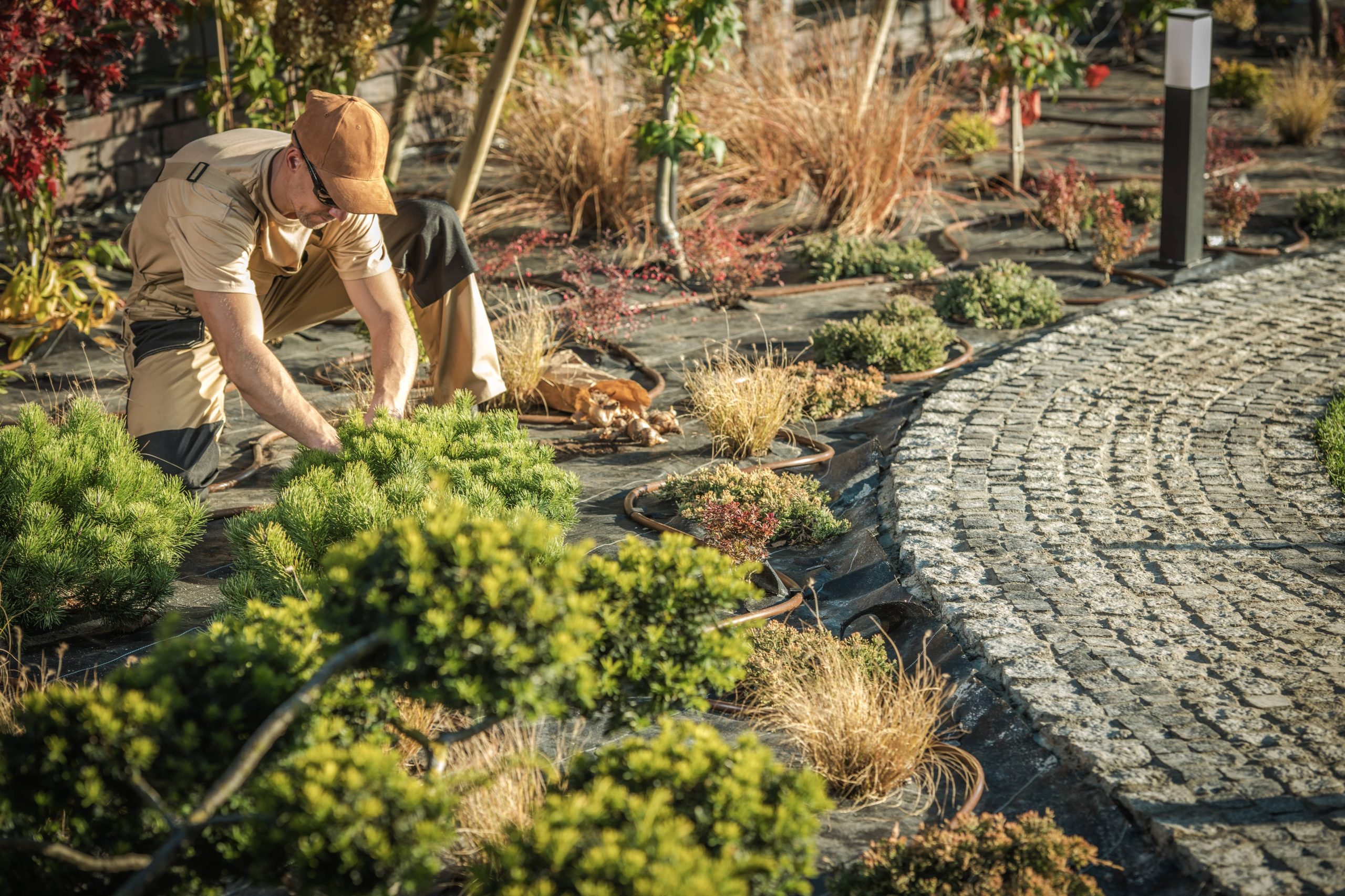
Gardening is a pursuit that marries creativity with practicality. A well-planned garden layout can bring hours of enjoyment, abundant harvests, and a serene sense of accomplishment. Today, we dive deep into the art of planning a garden layout for maximum efficiency—transforming your green space into a beautiful, productive sanctuary.
Assessing Your Space
Before picking up a spade or inspiring your gardening dreams, start by assessing your garden space. Understanding the dimensions, topography, soil type, and climate will influence every decision you make moving forward.
1. Measure Your Space: Knowing the exact measurements helps in designing a layout that optimizes every inch. Sketch your garden on graph paper or use an online design tool for precision.
2. Observe Sun Patterns: Monitor where the sun casts its light throughout the day. Different plants have varying sunlight requirements, so knowing which areas receive full sun, partial shade, or full shade is crucial.
3. Evaluate the Soil: Test your soil’s pH and nutrient levels to determine what amendments might be necessary. Rich, well-drained soil is a gardener’s best friend, and it often needs a bit of modification to achieve.
4. Consider Water Access: Efficient irrigation is essential. Plan your layout with water access in mind, ensuring plants that require frequent watering are conveniently positioned.
Designing for Functionality
Functional garden design does not only focus on aesthetics but ensures that the garden is easy to navigate and maintain.
Zoning Your Garden
1. Create Zones: Designate different areas for different purposes—vegetable patches, perennial beds, herb gardens, and sitting areas. This organization enhances the garden’s utility and appearance.
2. Prioritize Access: Paths and walkways should provide easy access to all parts of the garden. This facilitates maintenance tasks like watering, weeding, and harvesting.
3. Plant with Purpose: Pair plants with similar care requirements. Grouping plants with similar sunlight, soil, and water needs simplifies care, maximizing growth potential.
Vertical Gardening
If space is limited, vertical gardening is an innovative solution that maximizes efficiency.
1. Use Trellises and Arbors: These structures elevate plants, saving space and improving airflow, which can reduce instances of disease.
2. Integrate Containers: Hanging pots and wall-mounted planters are excellent for small herbs or flowers.
3. Grow Climbers: Vegetables like cucumbers, peas, and pole beans thrive when they have room to climb.
Companion Planting
An ancient technique that enhances garden efficiency is companion planting. By growing certain plants together, you can naturally repel pests, attract beneficial insects, and increase yield.
1. Three Sisters Method: Corn, beans, and squash work symbiotically. Corn offers beans a natural trellis; beans fix nitrogen for the other two; squash shades the ground, reducing weeds.
2. Marigolds and Tomatoes: Marigolds repel nematodes and other pests while attracting pollinators, boosting tomato health.
3. Basil and Peppers: Basil repels aphids and spider mites that commonly plague pepper plants.
Improving Productivity
A productive garden maximizes the potential for harvests while maintaining ecological balance.
Succession Planting
Succession planting involves timing crops to be harvested one after another, maximizing space and extending the harvest period.
1. Start Early and End Late: Begin planting cool-weather crops first (leafy greens, peas) and end with them after warm-weather crops finish.
2. Stagger Your Planting: Plant the same vegetables weeks apart to ensure a continuous crop supply.
Crop Rotation
Avoid planting the same crop in the same spot year after year. Crop rotation prevents pest buildup and maintains soil fertility.
1. Group by Families: Rotate plant families (solanaceae, brassicas, legumes, etc.) rather than individual crops.
2. Map Your Rotations: Keep a garden journal to track what you plant and where, aiding future planning.
Creating a Wildlife-Friendly Space
A garden that welcomes wildlife is efficient in ways beyond just plant growth. Beneficial insects and birds can assist in pest control and pollination.
Diversity is Key
1. Plant Native Plants: Native species support local wildlife, require less maintenance, and are better adapted to your environment.
2. Include a Water Feature: A small pond or birdbath attracts birds and beneficial insects.
3. Leave Some Areas Wild: A patch of garden left unmanaged can provide habitat and food sources for wildlife.
Maintenance and Adaptation
Maximizing garden efficiency requires continual attention and adaptation. Regular maintenance helps prevent issues, while observation allows you to tweak your layout and practices for better results.
Use a Calendar
1. Schedule Seasonal Tasks: Different tasks are necessary for each season. Mark your calendar for planting, pruning, fertilizing, and harvesting.
2. Track Pest and Disease Incidences: Early detection is crucial. Note any pest or disease issues and their timing.
Observe and Adapt
1. Assess Plant Health: Look at leaf color, shape, and growth rate to ensure plants are thriving.
2. Adjust as Needed: Ensure your layout adapts to changes. Perhaps an area receives more shade due to tree growth, necessitating a switch to shade-loving plants.
Incorporating these strategies into your gardening routine will help you create an efficient and beautiful layout. Your garden will not only be a reflection of your personal style and effort but will also reward you with vibrant health and productivity. Happy gardening!







